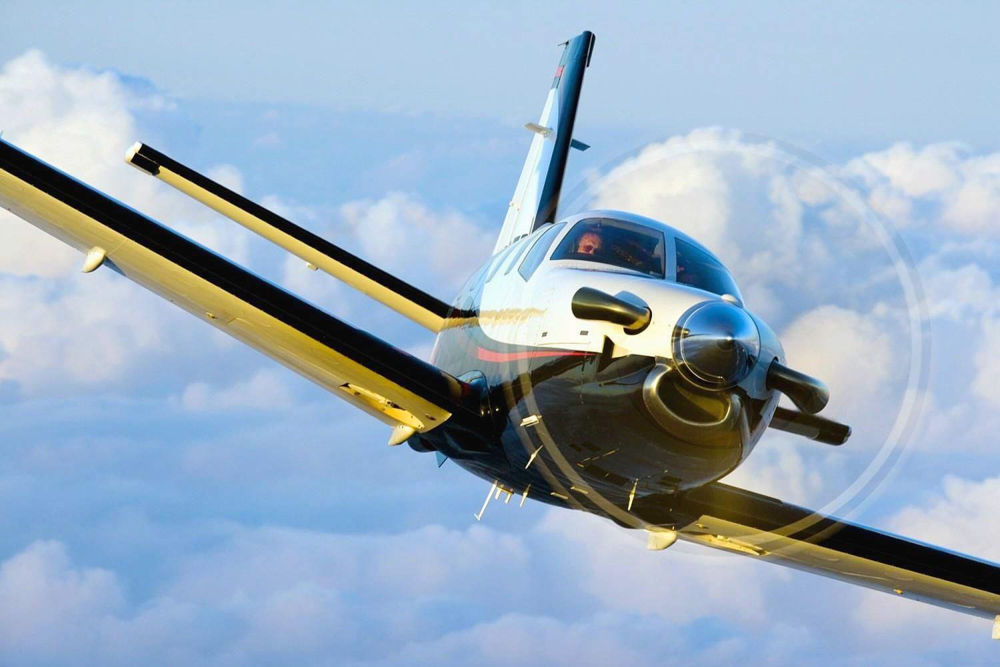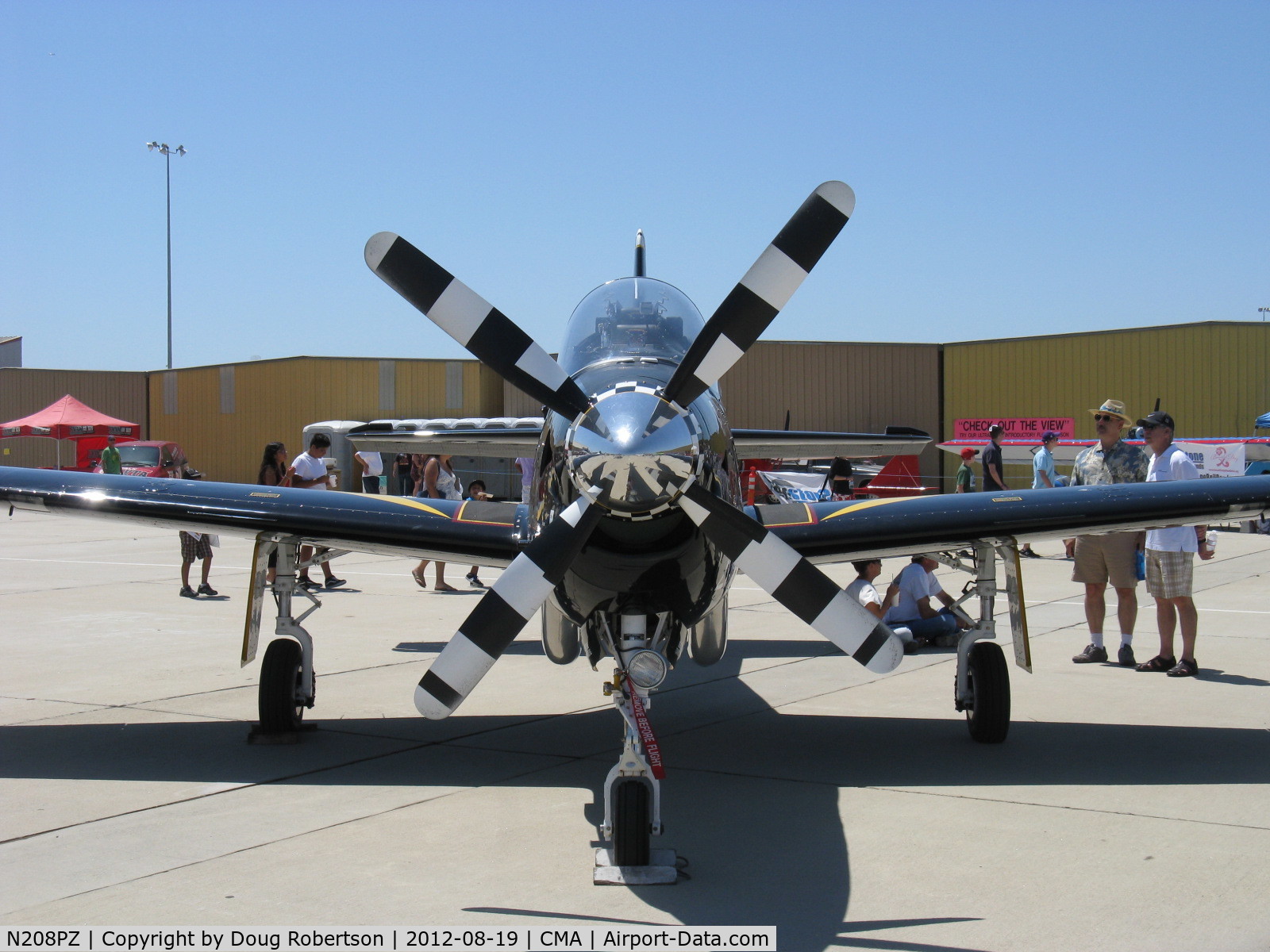indranilroy wrote:You will see the diffuser shapes more commonly on the PT6s. This makes as sense as the primary goal is to dump the exhaust far away from the fuselage to minimize material degradation and soot deposition. With most 335s, the stacks are more nozzle shaped and directed towards the rear.
Another important consideration for the PT6s is the carbon monoxide contamination in the cabin as exhaust streams flows over the cabin area. With their exhausts generally placed underneath the fuselage, this is less of a concern for the 335s.
I also read about CO issue yesterday somewhere. The exhaust pipes for PT6A looks more for quick dispersal of the exhaust air. The TPE331 engines have mostly constant dia pipes. I failed to find any nozzle type exhaust. My first thought was perhaps TPE331 has more residual jet thrust as compared to the PT6A and thus it gives more insentive to have properly directed exhaust. But apparently both engines have about 5% jet thrust components. In that case the CO issue becomes important criteria. Whereas on the wing mounted engines, where this 'CO getting into cabin' issue is irrelevant, OR when the designers are confident of not having this issue, they do use exhaust pipes which turn the exhaust fully backwards. But even in that case I noticed divergent pipes on some aircrafts (e.g. Beechcraft super king air b200).
Overall I saw all tipes of combinations and its difficult to say anything as universal rule. But for sure the exhaust pipes which have "oblique" cut which Shiv pointed out are meant to quickly disperse the exhaust in the airflow. While the ones which turn the exhaust full, are for taking maximum benefit of the jet thrust component.
shiv wrote:
There must be studies about air temperature at increasing distances behind the outlet to and the "spread" of hot air to give a sense of how far away structures like undercarriage and tyres need to be to be safe from overheating. I read something to the effect that metallic structures heated up like this show higher temperatures and non metallic structures lower temps when exposed to the same air flow - so (wild guessing here!) if metal undercarriage structures get to 120 deg - tyres may get to a (dangerous?) 80 degrees or something?
Does anyone know at what is the maximum "safe" temperature for aircraft tyres that get heated? Sure it might vary depending on tyre wear - but there must be some cutoff never exceed temperature
I couldn't find direct specs of aircraft tires stating max operating temperature, its not uncommon for the tire surfaces to get heated up till 180-200 deg C in some conditions. Interestingly even longer taxiing can overheat the tires dangerously. See this discussion:
http://www.airliners.net/aviation-forum ... ain/90515/
So while it seems the tire overheating is a real sensitive issue, I am pretty sure HAL design team has considered it while doing the exhaust design. As such there are many aircrafts out there which have exactly the same kind of arrangement and if those can fly safely why shouldn't HTT-40??
Interesting factoid for you - apparently the largest size of truck one can build is limited by - guess what - maximum tire temperature current tire technology can have. It was told in one of the documentaries on those huge mining trucks which I saw many months ago.
I would expect that a non-metallic material should have higher surface temperature for given heat influx on it as compared to a metallic component. Since non-metallic materials generally are bad conductors of heat, the dissipation of heat is not as good as that in metals. And thus the heat gets concentrated on surface raising its temperature. In metals, the heat would be quickly flowing to inner layers and other parts. OTOH the inner parts on the non-metals would be cooler. There is another component to it - convection heat transfer. I am not sure about this one. This would tell us how much heat will actually be transferred from an airflow to the surface. Can you quote the source where you read that particular statement about heating.
EDIT: This book mentions that tire surface temperatures can go upto 150deg C in severe breaking conditions. Typically limits for normal operations are about 110 degC. The is for General Aviation. For bigger airliners 200 deg C can be max limit under severe breaking, I would say.
https://books.google.co.in/books?id=XtU ... re&f=false





